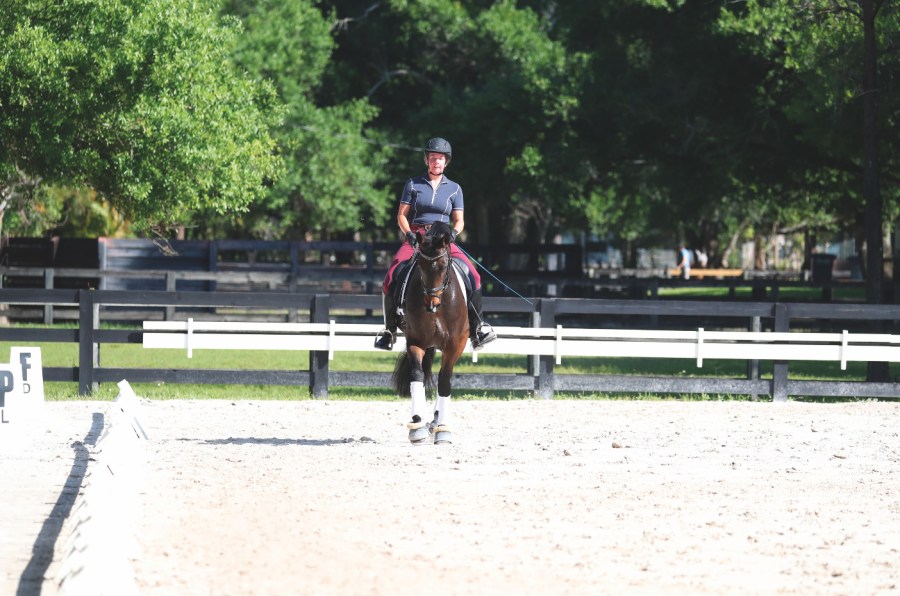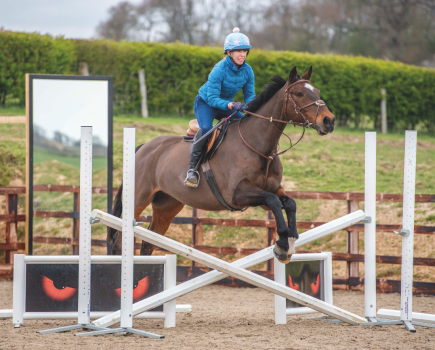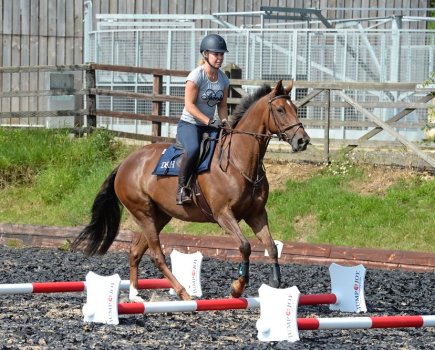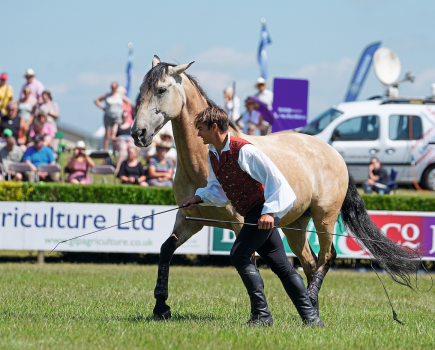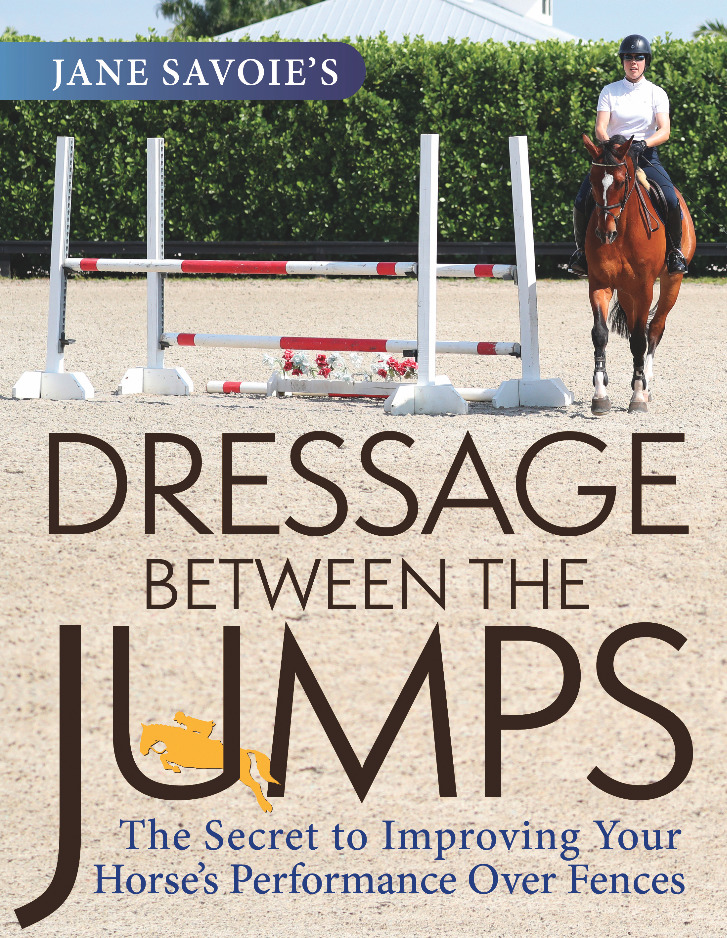 Like horses, people are rarely ambidextrous. Our own crookedness makes it even more difficult for the horses we ride to be straight. In an extract from Dressage Between The Jumps, the last book written by the late international dressage rider Jane Savoie, she explains what this means and how to correct it.
Like horses, people are rarely ambidextrous. Our own crookedness makes it even more difficult for the horses we ride to be straight. In an extract from Dressage Between The Jumps, the last book written by the late international dressage rider Jane Savoie, she explains what this means and how to correct it.
Most riders sit off to the left or the right with one seat bone closer to the midline of the saddle than the other. This position might be a reaction to your horse’s crookedness — or it might stem from your own. A saddle that’s not evenly placed on your horse’s back can even cause it. Regardless of the cause, you are the one who has to break the cycle.
Let’s say you sit off to the right. That is, your left seat bone is closer to the midline of the saddle than your right seat bone. Another way to think of it is that you have more of your body weight on the right side of your horse. Your position could be the result of your horse’s soft left side because his own compensation throws your body over to the right. You have to be the one who interrupts and improves that cycle.
Before you start the following exercises, ask someone to stand behind you and let you know if your saddle is centered in the middle of your horse’s back or if it sits off to one side. Once the saddle is adjusted correctly, give these a try.
Exercise: hip shift to the left
- Circle right in walk.
- Every quarter of the way around the circle, do what I call a “hip shift” to the left: Slide your seat to the left so that each of your seat bones ends up equidistant from the midline of the saddle. You can even exaggerate this exercise and pretend you’re placing your right seat bone directly on the midline of the saddle.
- Try the exercise in both sitting trot and canter.
- Next, halt. Without leaning forward, step down into the left stirrup iron as if you’re going to dismount. Do this several times so you get muscle memory for this action.
- Ride around either on a circle or a straight line and step down into the left iron every few strides. (Your right foot can remain in its stirrup.) Do this in all three gaits and also during both sitting and rising trot.
Exercise: sit straight and square
Another thing to consider is whether you’re sitting in harmony with your horse or if you’re sitting against his bend. Begin by figuring out if you’re straight or crooked.
- Stand on the ground with a friend or helper watching.
- Ask your friend to look at your hips, torso, and shoulders. Walk forward four or five steps and then stop. Do you carry one side more forward than the other? If you do, this will be an issue when you ride. Your shoulders should always be parallel to your horse’s shoulders, and your hips parallel to your horse’s hips.
- Not only can you bring one side back, but you can also bring the other side forward in order to make yourself straight and square. Here’s one way: If, for example, you tend to ride with your left shoulder forward, stand behind a chair, take your right hand, cross it in front of your body, and grab hold of the left side of the chair back. Keep looking straight ahead. Open the left side of your chest at the same time, creating some new muscle memory while standing.
- Practice the same position you found behind the chair while you’re walking around during your day. In this way, you can get in a lot of practice making your body straight without putting extra miles on your horse.
- When you do get on your horse, track to the left and halt. Let’s say your left side is forward. Put both reins in your right hand.
- Keep looking straight between your horse’s ears while you swing your left arm back so your fingers touch the point of your horse’s left hip.
- Then bring that hand back to normal riding position, but keep your upper chest and left shoulder back just as they were during the exercise.
- Repeat the exercise, but close your eyes as you do it several times. Feel what it’s like to open your chest on the left and bring your left side back. As you ride, recreate this feeling on both curves and straight lines. You only need to do this exercise going in the direction where the inside of your body tends to be forward.
Dressage Between The Jumps is available to buy now. RRP £24.95. Purchase your copy here.
Love hacking? Join our free #Hack1000Miles challenge and see how far you can go!
Subscribe to Your Horse Magazine – the perfect Christmas gift!

